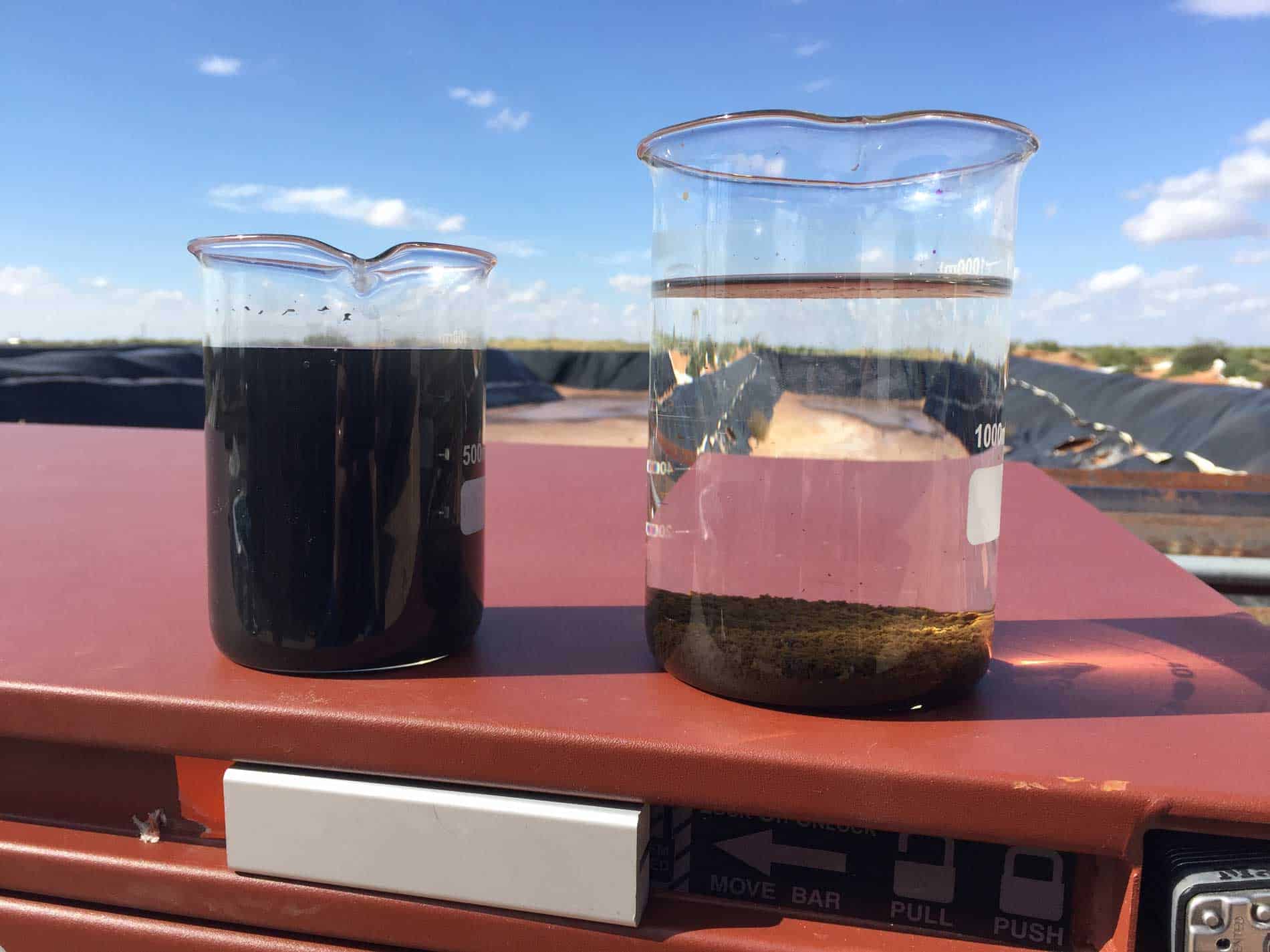Dissolved Oxygen in Produced Water Test
The Dissolved Oxygen (DO) content in produced water is a critical parameter that impacts both environmental compliance and operational efficiency within the oil & gas industry. This test ensures that the discharged water adheres to stringent regulatory standards, thus minimizing ecological harm while optimizing operational performance. The presence of dissolved oxygen can lead to undesirable biological activity if not controlled properly during discharge into natural water bodies.
The test method typically follows ISO 5879:1986 and ASTM D6024, which provide standardized protocols for measuring dissolved oxygen levels accurately under laboratory conditions. The process involves collecting a representative sample of produced water, preparing it according to the specified guidelines, and then using an electrochemical sensor or manometric technique to measure the DO content.
Understanding the natural balance of oxygen in produced waters is essential for effective treatment strategies. Higher concentrations of dissolved oxygen suggest greater potential for biological activity post-discharge, which can lead to issues like algal blooms if not managed properly. Conversely, lower DO levels may indicate poor aeration processes or ineffective biodegradation treatments.
Our laboratory employs advanced analytical techniques and experienced personnel to ensure precise measurements and reliable results. By adhering strictly to industry standards, we guarantee that our findings are consistent with regulatory expectations and can be used confidently for decision-making purposes.
The importance of this testing cannot be overstated, especially considering its role in maintaining compliance with local, national, and international regulations such as the Environmental Protection Agency (EPA) guidelines or European Union directives. Proper measurement helps operators stay ahead of potential environmental liabilities and maintain good standing within their communities.
Quality and Reliability Assurance
At our laboratory, ensuring the highest standards of quality and reliability is paramount. We invest heavily in state-of-the-art equipment and continuously train our staff to maintain proficiency with cutting-edge technologies. Our commitment extends beyond just accuracy; it encompasses repeatability and precision as well.
We adhere rigorously to ISO 17025 accreditation, which sets internationally recognized criteria for competence in testing and calibration laboratories. This certification ensures that all processes are consistently managed according to best practices, thereby providing clients with confidence in our results.
In addition to regular internal audits and external reviews by independent bodies, we also participate actively in proficiency testing programs organized by regulatory authorities. These exercises help identify any discrepancies early on so corrective actions can be taken promptly if necessary.
Our robust quality control measures include strict adherence to predefined operating procedures, meticulous documentation practices, and regular calibration checks of all analytical instruments used in this service. By doing so, we minimize the risk of errors creeping into our results while fostering trust among stakeholders.
Customer Impact and Satisfaction
Our clients benefit significantly from the Dissolved Oxygen in Produced Water Test service offered by our laboratory. For quality managers, compliance officers, R&D engineers, and procurement professionals alike, this service provides critical insights that drive informed decisions regarding water treatment processes.
By obtaining accurate measurements of dissolved oxygen levels, customers can optimize their wastewater management practices, thereby reducing operational costs associated with excessive chemical usage or inefficient equipment. Moreover, staying compliant with regulatory requirements enhances reputational value and fosters stakeholder trust.
For R&D teams involved in developing new technologies for oil & gas operations, having access to reliable test results allows them to refine their approaches more effectively. Similarly, procurement personnel gain valuable information about supplier performance regarding environmental stewardship practices.
Use Cases and Application Examples
| Use Case | Description |
|---|---|
| Regulatory Compliance | Ensure discharge of produced water meets stringent environmental regulations. |
| Water Treatment Optimization | Determine optimal aeration levels needed for effective biological treatment processes. |
| Biological Activity Monitoring | Predict and mitigate potential risks posed by increased microbial activity in discharged water streams. |
| Environmental Impact Assessment | Assess long-term environmental impacts resulting from different treatment methods applied to produced waters. |
| R&D Innovation Support | Evaluate innovative technologies aimed at reducing the dissolved oxygen content in produced water. |
| Supplier Evaluation | Verify suppliers' adherence to sustainability commitments through consistent testing protocols. |
| Process Efficiency Enhancement | Identify bottlenecks in existing processes that could be addressed by adjusting dissolved oxygen levels. |





